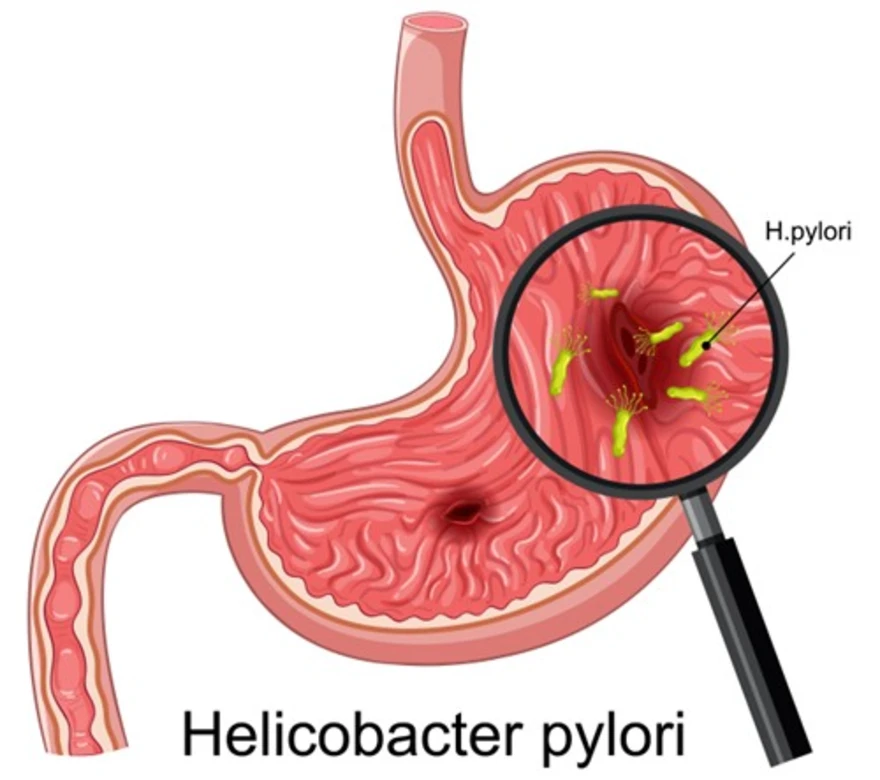Preventive Healthcare
Influenza A vs B Virus: Overview, Symptoms, Differences And Diagnosis

Table of Contents
- What Are Influenza A and B Viruses?
- What Are The Differences Between Influenza A and Influenza B?
- Symptoms of Influenza A and Influenza B
- Who is at Most Risk of Contracting Influenza Flu?
- How are Influenza A and Influenza B Diagnosed?
- How to Treat Influenza Flu?
- How Can You Prevent Yourself From Getting The Flu?
Influenza is a contagious respiratory virus. There are four types of Influenza - A, B, C and D. Influenza A and B viruses are most common in humans and are responsible for causing seasonal flu every year. The symptoms of these infections are severe and people can feel sick for weeks. Although the symptoms are similar to many other illnesses, influenza is easily diagnosed and treated.
This blog will look at the symptoms of Influenza A and B and how they are diagnosed.
What Are Influenza A and B Viruses?
Influenza is a respiratory infection caused by either type A or type B Influenza viruses. In addition, other respiratory viruses are similar to influenza such as rhinovirus, parainfluenza and respiratory syncytial virus (RSV). The symptoms of Influenza often include fever, headache, dry cough, sore throat, runny or stuffy nose, muscle aches, extreme tiredness and weakness.
Influenza is a viral infection that can spread from person to person through coughing and sneezing, close contact with others or touching objects contaminated with the virus. Most people who get sick with Influenza have Influenza A, but Influenza B is becoming more common. Influenza A and B can cause similar symptoms.
Influenza A and B can cause the same kind of illness. Still, Influenza B tends to cause milder illness than Influenza A. Influenza B is a contagious respiratory illness caused by the Influenza virus. Influenza B is a common cause of respiratory illness in children and adults.
What Are The Differences Between Influenza A and Influenza B?
- Influenza A infection is more common than Influenza B.
- Influenza A is more severe in adults while Influenza B is more common in children under age 5.
- Influenza A can move from animals and birds to humans. But Influenza B develops only in humans.
- Influenza A virus spreads faster than Influenza B.
Symptoms of Influenza A and Influenza B
Influenza A and B have identical symptoms. However, the severity of symptoms varies from person to person. If not treated in time, it can last for weeks.
Some common symptoms of both viruses are:
- Nasal congestion
- Cough
- Headache and body aches
- Chills
- Sore throat
- Fever
- Vomiting and diarrhoea
- Fatigue
Severe symptoms that require immediate medical attention are:
- Chest pain
- Difficulty breathing
- Weakness for several days
- Severe dizziness
- High fever
- Loss of consciousness
Who is at Most Risk of Contracting Influenza Flu?
People with solid immunity might not notice severe symptoms of the flu. But certain groups of people are at high risk of infection.
- Children below 5 years of age and infants with weak immunity
- Pregnant women
- Adults above 65 years of age
- People with chronic health conditions such as asthma, diabetes, emphysema, pneumonia etc
How are Influenza A and Influenza B Diagnosed?
The best way to diagnose Influenza flu is to consult your doctor.
The doctor will check your signs and symptoms and if they suspect flu, they will perform the following examination for an accurate diagnosis.
- Physical examination to check symptoms
- Your doctor might suggest you take a PCR test. The test will require a sample of nose and mouth swabs.
- In severe cases, the doctor might also suggest an X-ray of the chest.
The PCR test is the easiest, quickest and most effective test for identifying the type of flu. One sample can help diagnose the most common types of flu - Influenza A, Influenza B, H1N1, H3N2 and RSV (Respiratory syncytial virus).
How to Treat Influenza Flu?
The treatment for Influenza flu depends on a person’s age, symptoms and other health conditions. Mild symptoms can be treated with painkillers for headaches and body aches, medicines for fevers etc. prescribed by your doctor. In severe infections, people might need antiviral medication, hospitalisation and doctors' supervision.
However, your doctor will guide you about the best treatment plan. But make sure you get plenty of rest and have lots of fluids (juice, warm water, soups etc) to help you fight the infection.
How Can You Prevent Yourself From Getting The Flu?
There are flu vaccines available that can be taken to prevent getting the flu. Other than vaccination, personal hygiene is another way to prevent the flu.
- Vaccinate yourself against the flu. Vaccinations are recommended especially for those who can develop severe complications such as pregnant women, younger children, adults older than 65 years of age and those with conditions like asthma, diabetes and heart or lung disease.
- Avoid meeting people who are sick with symptoms of the flu
- Wash your hands with soap and water after touching common surfaces and coming from outside. Alternatively, use sanitiser to disinfect your hands.
- Avoid touching your eyes, nose or mouth.
Conclusion
If you have been exposed to the virus and experience flu-like symptoms that last over a few days, see a doctor to be tested for influenza. This virus, if not diagnosed early and treated appropriately, can lead to severe complications like pneumonia and lung infection.
You can book a test with Metropolis Labs for an accurate diagnosis. Most of the flu have similar symptoms. So it is crucial to get diagnosed right in time to avoid complications. We have a Flu Xpert Viral Panel test that helps with an accurate diagnosis of all types of flu - Influenza A, Influenza B, H1N1, H3N2 and RSV. The real-time Multiplex PCR method requires only a one-time sample collection and provides accurate reports in less than 12 hours. Book your test today.


























